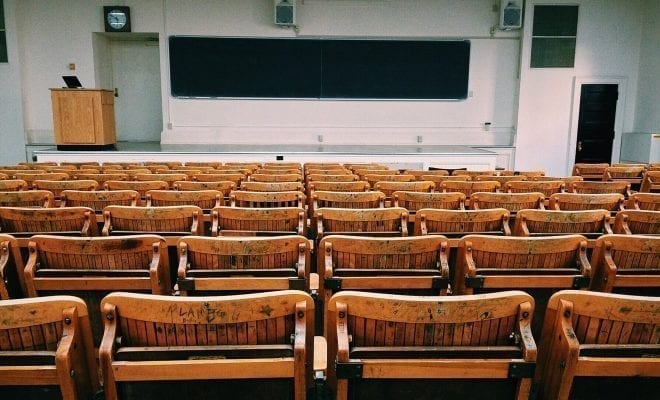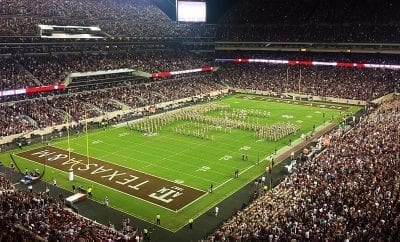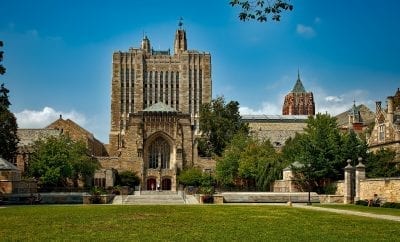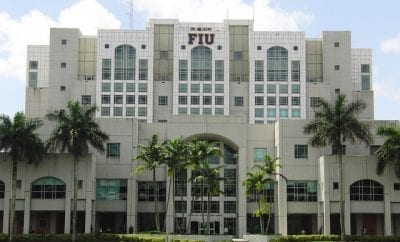
News
America Is Drowning in a Student Loan Crisis
A college degree has long been symbolic of being the key to achieving the American dream. After four years of school, you’ll be on your way to a well-paying job that will set you up on the path to success. Unfortunately, this idyllic plan has become infected with the ever-growing student loan crisis that threatens to swallow young American’s financial well-being.
With the majority of jobs paying over $35,000 requiring a bachelor’s degree or higher, getting a college degree is almost a necessity if young Americans want to break into a high-paying job market. But with a large majority of students requiring student loans to pay for school, they are entering a new job market saddled with crushing debt.
Nearly 44 million Americans have outstanding student debt, becoming one of the biggest consumer debt categories in America. In all, Americans carry a total of $1.5 trillion in student debt, a figure so large it dwarfs the GDP of many countries.
Due to this debt crisis, Americans are struggling to afford basic necessities due to crippling payments on their loans, only exacerbated by interest rates that make it difficult to put a dent in the amount owed. For some, it is an obstacle for purchasing a first home or starting a business, but for others, it makes it tough to afford things like rent, groceries, and car payments.
Perhaps most troubling is the fact that the average tuition is around $25,000 in the US, a figure that has sharply risen over the years. Despite an increase in tuition costs, average wages in America have simply not kept up, leaving young adults in a job that makes paying back loans in a reasonable amount of time difficult.
The issue of student loans has become a popular topic among politicians, especially with the many Democratic hopefuls for the 2020 election. The notion of loan forgiveness has been brought up been by Senators Elizabeth Warren and Bernie Sanders as being a potential solution. While an attractive proposal, experts say it raises serious concerns about the cost, effectiveness, and fairness.
A similar forgiveness program was signed into law back in 2007 by former President George W. Bush, but the program turned out to be a flop. The program promised to forgive student loans for borrowers with a decade of service in government or nonprofit jobs. Since borrowers became eligible for loan forgiveness nearly 18 months ago, nearly 74,000 have applied but more than 99% have been rejected, making the program a spectacular failure.
With no end in sight, the student loan crisis could rise to $2 trillion by 2022 if no immediate action is taken to stem the flow of new borrowing. As student loans continue to be easily available to practically anyone, the US will soon have to come to terms with the fact that dispensing such loans will not be sustainable much longer.





0 comments